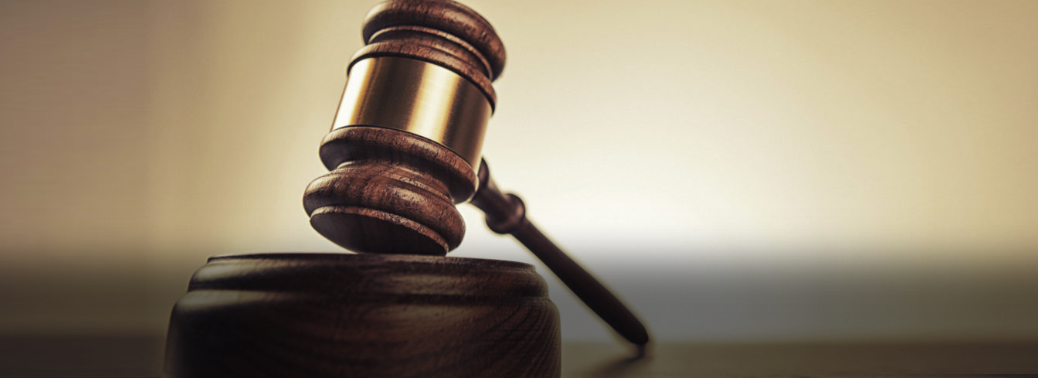Review Hearing in open court Rare
01, Jan 2019

Prelims level : Judiciary
Mains level : GS 2: Role of Judiciary
Context:
- The decision of a five-judge Bench led by Chief Justice of India Ranjan Gogoi to have an open court hearing of the review petitions filed against another five-judge Constitution Bench’s Sabarimala judgment is “exceptional”, legal experts say.
Details:
- The repercussions after historic Sabarimala judgment have been recollecting the events found 43 years ago in the open court review of the historic Kesavananda Bharati verdict in November 1975.
- The Sabarimala judgment, which struck down a ban on women of menstruating age from undertaking the pilgrimage, was delivered by a Constitution Bench of five judges. The Review Bench formed by Chief Justice Gogoi is also a five-judge Bench.
- The Supreme Court decision in the Central Board of Dawoodi Bohra Community holds that a Bench of co-equal strength on its own cannot overrule a judgment of a Bench of co-ordinate number of judges.
- So, a five-judge Bench cannot overrule another five-judge Bench’s verdict. In case the Sabarimala verdict has to be overruled, the Supreme Court would have to form a larger Bench of seven judges. Review of any Supreme Court decision is rare.
- It is rarer still to examine review petitions filed against a Constitution Bench judgment and in an open court. Review petitions are usually decided by circulation in judges’ chambers. The situation (reviewing a Consitutional Bench) has been described as rare as a Constitution Bench is itself formed to finally settle a law.
About Kesavananda Bharati vs State of Kerala case:
- It is popularly known as fundamental rights case
- Under this case, the Supreme Court of India outlined the Basic Structure doctrine of the Constitution and ruled that all provisions of the constitution, including Fundamental Rights can be amended.
- However, the Parliament cannot alter the basic structure of the constitution like secularism, democracy, federalism, separation of powers.
- Under this Supreme Court declared 31 C as unconstitutional and invalid on the ground that judicial review is basic structure and hence cannot be taken away.
- The Supreme Court reviewed the decision in Golaknath v. State of Punjab, and considered the validity of the 24th, 25th, 26th and 29th amendments.
- The most significant contribution by Kesavananda Bharati judgment is the recognition of supremacy of the Constitution of India and its unalterable features.
- The Kesavananda judgment also defined the extent to which Parliament could restrict property rights, in pursuit of land reform and the redistribution of large landholdings to cultivators, overruling previous decisions that suggested that the right to property could not be restricted.
Background on Sabarimala case:
- The temple banned the entry of women pilgrims who are aged between 10 to 50 claiming it as a traditional practice.
Arguments in favour:
- Barring women entry is considered as an “essential and integral” practice of a religious denomination under Article 25.
- Lord Ayyappa was a celibate and it is argued that the deity also has right to maintain the celibacy.
- This is also a part of right to privacy of the deity and it should be respected.
- Biologically women are weaker than men and they cannot put up with the physical hardship, austerity and days of celibacy like men.
Arguments against:
- It is against the fundamental right (Article 14) as it is discriminatory and against gender justice.
- Article 26 only talks about freedom to manage religious affairs and this is subjected to constitutional morality and does not encourage any discriminatory practice
- It is also considered as a form of untouchability as it socially ostracize women from religious practices against their will. And hence punishable under Article 17.
Important judgments involved in this issue:
- 1991 Kerala High Court judgement: It supported the restriction imposed on women devotees. It argued that that the restriction was in place since time immemorial and not discriminatory under the Constitution.
- Supreme court recent judgment 2018 (Indian Young Lawyers Association v. State of Kerala). It supported the right of women of all ages to enter sabarimala temple. It argued that it is a constitutional right and it cannot be challenged. It added that practice is reflecting patriarchal attitude. This social exclusion if continued could only strengthen the principle of purity and pollution and dominant class ideology, said the Supreme court
Reflections of the recent judgment in the society:
- Though it has been welcomed by social activists and gender equality supporters such as All India Democratic Women’s Association, it has also created other repercussions.
- The judgment created dissenting opinion manifested in the form of spiraling protests in Kerala and also in others parts of the nation.
Reasons for disagreement with the judgment:
- It questions the court’s authority to decide on essential practices of religious denominations
- Also questions the court’s authority in deciding the integrity and ethics behind the religious practices
- Justice Malhotra criticizes the Supreme Court reliance on the “essential religious practice” doctrine.






